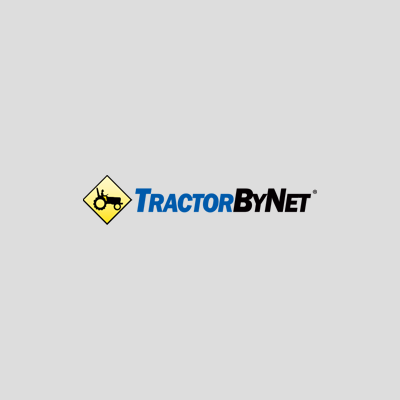As said, adjust the top link. On a level hard surface, and the blower skids on the surface, you'll probably want the auger 1.5" to 2" off the surface, and the cutting edge 3/4" - 1" off the surface. You don't want the auger scraping the surface if you find a dip.
Once that's adjusted, raise the blower to the top of the 3 point lift travel. Chock the wheels, shut the engine off, and put the keys in your pocket. Block the blower at least somewhat up, so you can safely work around it, and it won't land on your toes if someone moves the lever (it could also settle over time). 'Engine's not running right? Okay, spin the auger or fan or driveshaft by hand. Are the U joints (or anything else) clunking while you do that? Any binding? Enough driveshaft extension left? If good, remove the blocking, assure everything is clear, and lower the 3 point. Probably you don't need to start the tractor to do this. Lower slowly, and get a sense of where the lever is when the blower skids touch the surface. Leave the lever there for now. 'Engine still off? Okay, spin the auger/fan/driveshaft by hand again, check for clunking/binding again. check to see that there is still some driveshaft telescope shorter range available.
If all of that worked, your U joints will be fine. If the blower lowered as the 3 point lever was lowered engine off, that's your float. If you want to be really thorough, drive the tractor to a place where the blower overhangs low ground, and repeat as above. Ideally, nothing binds or cluncks when the blower is all the way down. You shouldn't need to blow with the blower all the way down, but if something is binding, it's worth being aware.
Snowblower angle is somewhat trial and error. Once you get it right, measure the length of the top link, and write it on the snowblower for set up next season!

